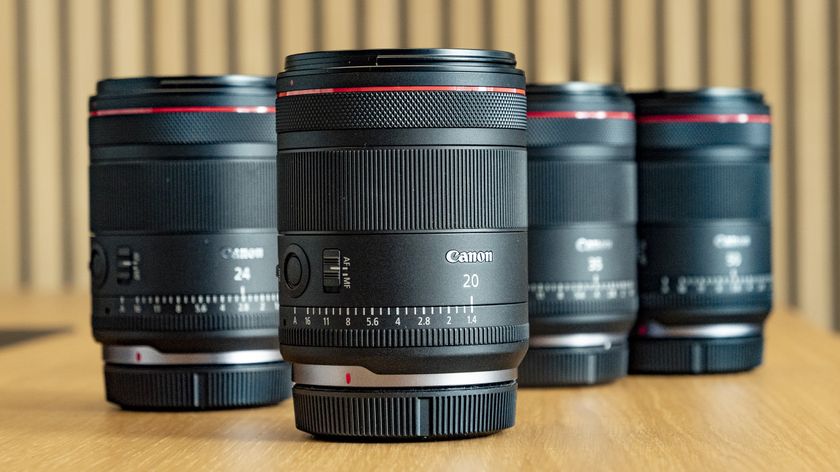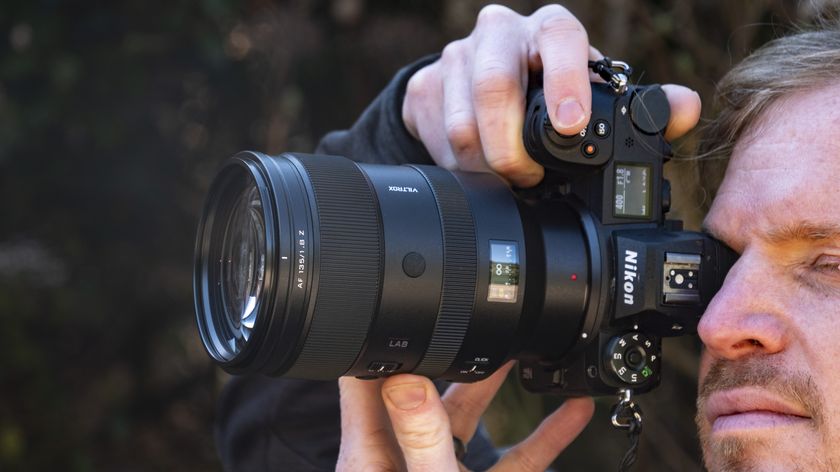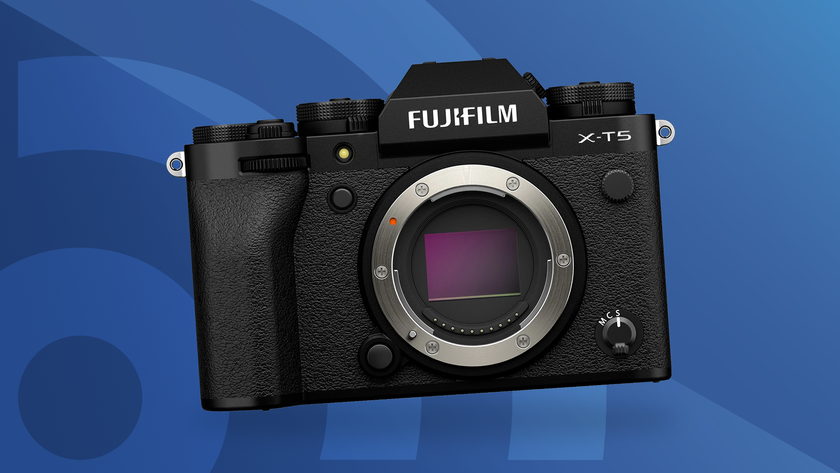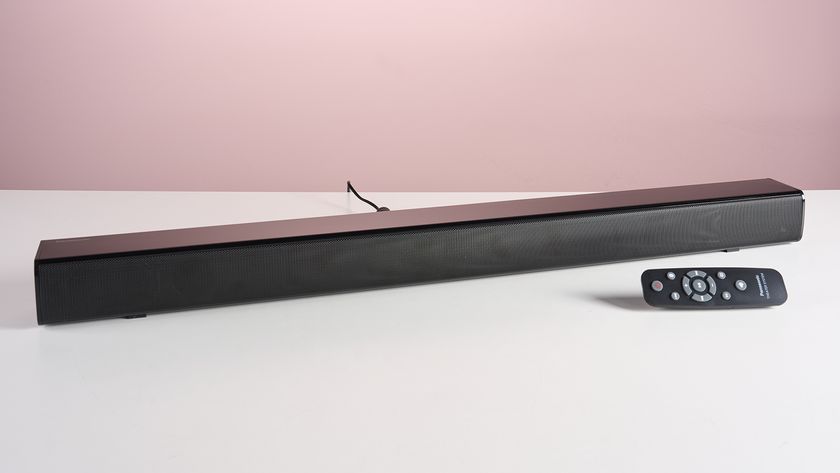Best travel lenses: 8 tested
Flexible and compact superzoom lenses ideal for travel tested
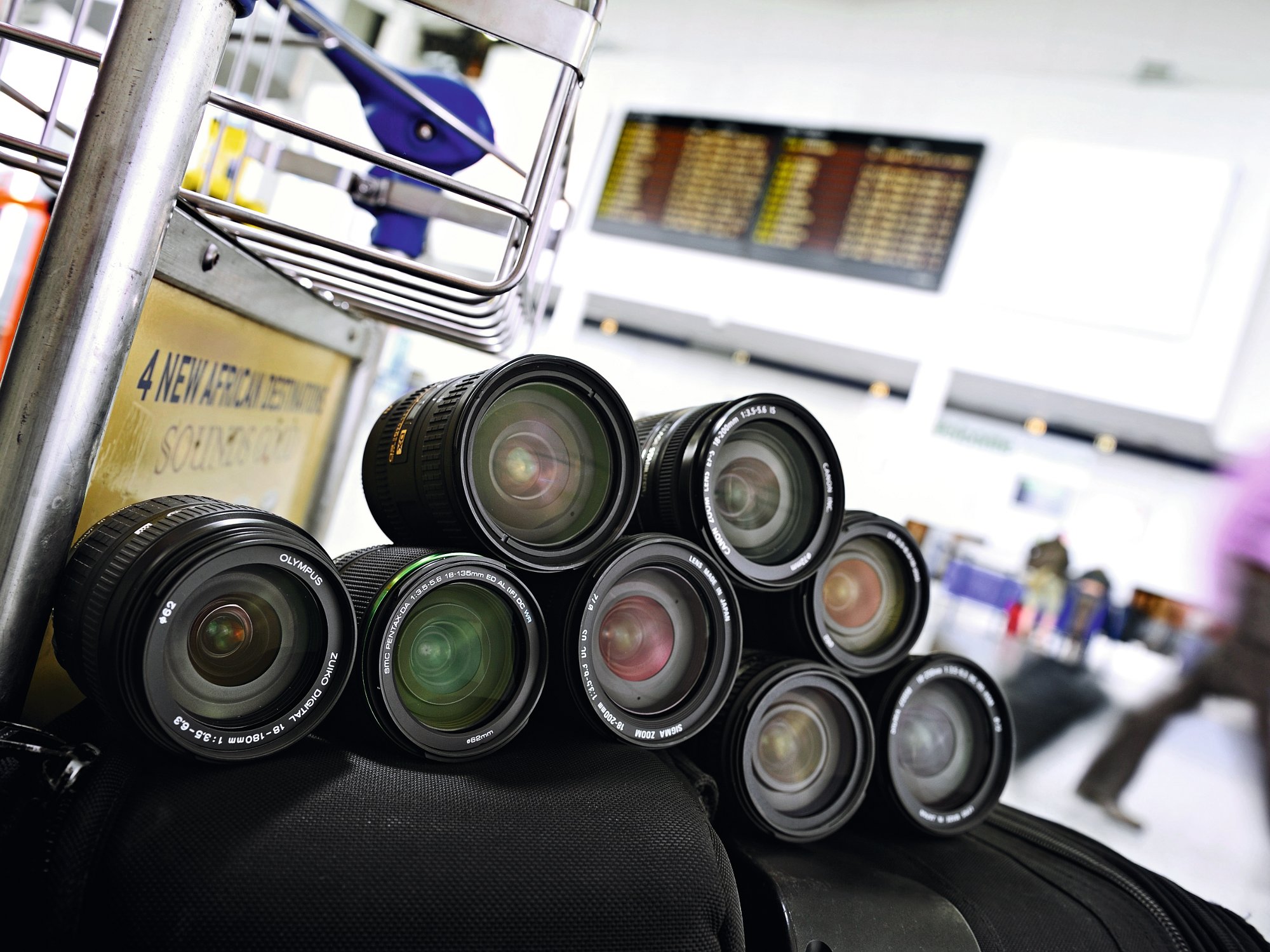
When travelling, some photographers choose to leave the DSLR at home and make do with a compact camera. But taking your DSLR doesn't mean getting bogged down with loads of kit. Whether you're on the beach, hiking in the hills or getting acquainted with local culture, your trusty DSLR and a single lens is often all you need for top-quality creative shots. Especially if the lens happens to be a superzoom.
As well as cutting out the extra weight, excess baggage and general inconvenience of carrying around multiple lenses, a superzoom lens has another key advantage for holiday shooting.
Picture yourself standing on a sandy beach with a fresh sea breeze blowing in off the ocean. You want to switch to a telephoto lens to capture some surfing action, only to suffer the instant panic of wondering how much of the sand blowing around will end up dumped on your camera's sensor. With a superzoom, all you need is a quick flick of the wrist and you're ready to start shooting.
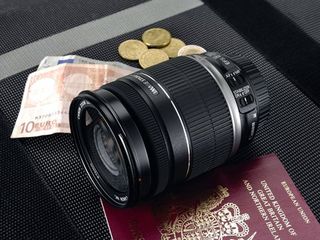
Even in the cleanest, most dust-free environments, superzoom lenses still have the edge when it comes to reacting to surprising situations. With the capability to switch instantly from a wide angle to a telephoto focal length, and anything in between, you're ready for any photo opportunity that presents itself suddenly.
You can be shooting a wide-angle landscape one second, then zooming in for a close-up of passing wildlife the next.
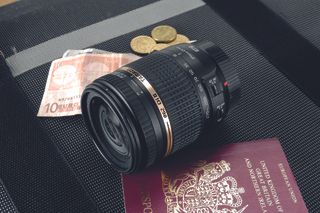
But if superzooms are so great, what's the point of limiting yourself to a prime lens, or a lens with a more modest zoom range? Inevitably, a massive zoom range comes with compromise.
First off, prime lenses tend to be faster, with a bigger maximum aperture. This is great for blurring the background with a small depth of field, as well as for avoiding camera shake at fast shutter speeds.
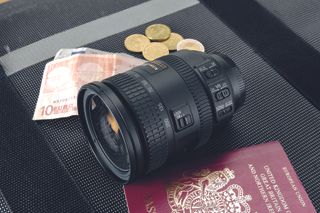
That said, superzoom lenses enable a fairly shallow depth of field at their smaller maximum apertures if you shoot at the longer end of the zoom range. Many superzoom lenses also have built-in optical stabilisation, which typically gives a four-stop advantage in fending off camera shake.
Olympus, Pentax and Sony superzooms lack optical stabilisation, but current camera bodies from these manufacturers generally have effective sensor-shift stabilisation instead. Sure, any amount of stabilisation can't counteract movement on the part of the subject being photographed, but then again, the latest DSLRs maintain very good image quality at fairly high ISO settings, so you can still get fast shutter speeds when you need them.
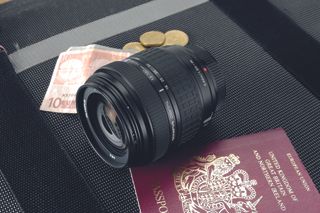
Compared with a basic prime lens, a superzoom will often have around three times as many elements built into a complex array of groups that move back and forth to enable an extremely large zoom range.
Ultimately, the trade-off for the extra convenience is a loss in image quality. Most zoom lenses suffer from noticeable barrel distortion at the wide-angle end and pincushion distortion at the telephoto end.
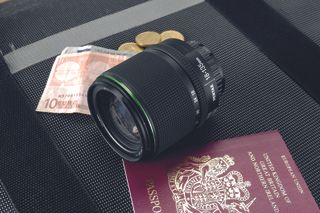
With superzoom lenses, these distortions can be more pronounced, but some camera bodies have options for making automatic corrections at the shooting stage. Otherwise, you can apply distortion correction in Photoshop when editing your images.
Chromatic aberration, also called colour fringing, tends to be more prominent in superzoom lenses. These fringes are usually most noticeable around high-contrast lines, such as tree branches shot against the sky, and towards the edges and corners of the frame.
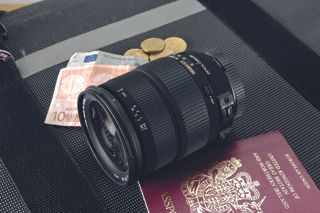
Again, though, current Nikon and Pentax cameras can apply corrections automatically while shooting. Otherwise, it's another job for Photoshop. Raw-processing programs are usually effective at correcting chromatic aberrations, but given the often large data sizes of raw files, many of us prefer to shoot in JPEG mode for holiday snaps.
Autofocus tends to be acceptable in superzoom lenses, although it's usually based on comparatively humble standard motors rather than upmarket ultrasonic ones. The exceptions in this group are the Nikon AF-S DX 18-200mm f/3.5-5.6G ED VR II, Sigma 18-250mm f/3.5-6.3 DC OS HSM and Tamron AF 18-270mm f/3.5-6.3 Di II VC PZD lenses.
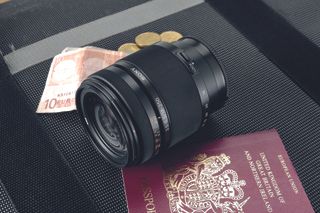
Of these, the Sigma and Tamron optics have small ultrasonic motors which, while fairly quiet, aren't any quicker than conventional alternatives. It's only the Nikon 18-200mm that boasts the more advanced ring-type variant of ultrasonic autofocus, which is fast and features full-time manual focus override.
So, let's take a closer look at eight superzoom lenses and what they have to offer.
Current page: Best travel superzoom lenses explained
Next Page Canon EF-S 18-200mm f/3.5-5.6 ISGet daily insight, inspiration and deals in your inbox
Sign up for breaking news, reviews, opinion, top tech deals, and more.
